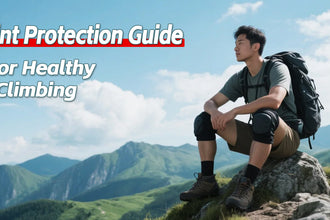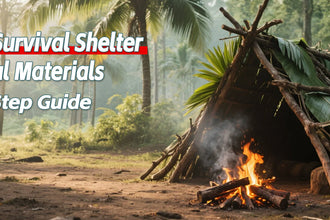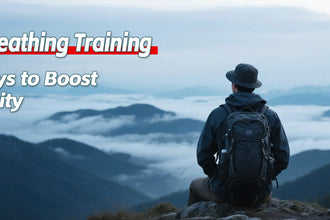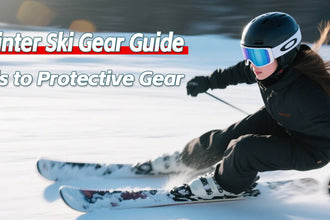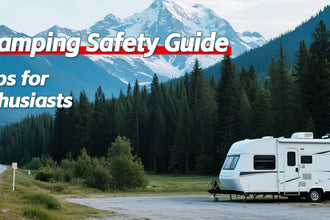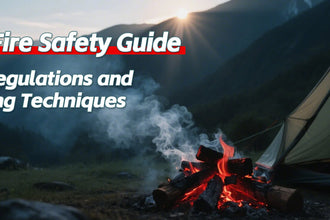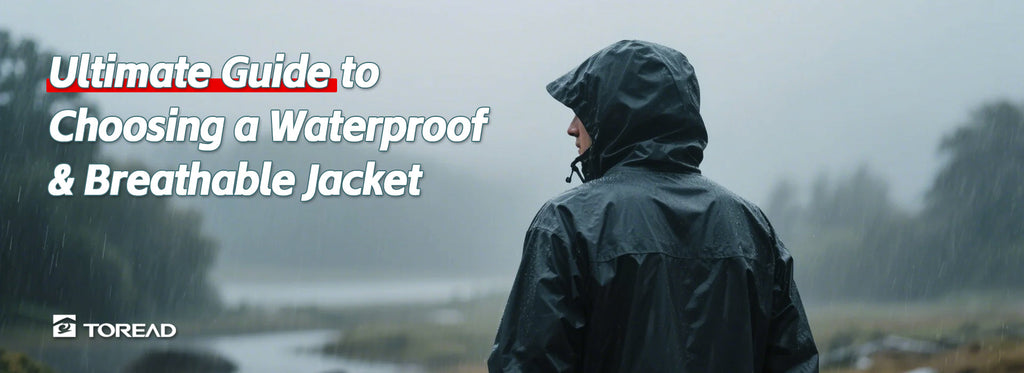

When facing unpredictable weather, a jacket that balances waterproofing and breathability is essential for outdoor enthusiasts. But with endless technical terms like "hydrostatic head" and "moisture-wicking membrane," How do you choose? This guide breaks down the science behind waterproof-breathable jackets, shares expert tips for selection, and highlights TOREAD’s cutting-edge solutions to keep you dry and comfortable.
Part 1: Understanding Waterproof vs. Breathable
-
Waterproofing
- Key Metric: Hydrostatic Head (HH) rating (e.g., 10,000mm). Higher HH = better resistance to water pressure.
- Limitation: Pure waterproof materials (e.g., rubber) trap sweat, leading to condensation inside.
-
Breathability
- Science: Membranes (e.g., GORE-TEX) use tiny pores to block water droplets while allowing vapor (sweat) to escape.
- Metric: Moisture Vapor Transmission Rate (MVTR). Higher MVTR = faster sweat evaporation.
Why Balance Matters:
A jacket that’s fully waterproof but lacks breathability will leave you drenched in sweat during hikes. Conversely, overly breathable jackets may fail in heavy rain.
Part 2: Key Features to Look For
-
Waterproof Rating
- Daily Use: 5,000–10,000mm HH (light rain to moderate downpours).
- Extreme Conditions: 20,000mm+ HH (mountaineering, alpine expeditions).
-
Breathable Membranes
- GORE-TEX Pro: Best for high-intensity activities; 3x more breathable than standard GORE-TEX.
- Event™ Technology: Uses eVent® membrane for rapid airflow (ideal for hot climates).
-
Construction Details
- Sealed Seams: Look for taped or welded seams to prevent water ingress.
- Articulated Design: Roomy cut for layering without restricting movement.
- Adjustable Features: Inner cuffs, storm flaps, and adjustable hoods to block wind/driving rain.
-
Weight & Packability
- Ultralight Options: Membrane-lined softshells (e.g., TOREAD WindStopper Nano) for layering under hard shells.
Part 3: Common Pitfalls to Avoid
-
Myth: "Higher waterproof rating = better performance."
Reality: Excessive waterproofing often sacrifices breathability. Prioritize MVTR in active use. - Neglecting Layering: A waterproof jacket alone won’t suffice. Pair with moisture-wicking base layers and insulating mid-layers.
- Ignoring Maintenance: Dirt and oils clog membrane pores. Clean jackets regularly with specialized detergents (e.g., Nikwax).
Part 4: TOREAD’s Waterproof-Breathable Jacket Lineup
Upgrade your gear with TOREAD’s innovative technologies:
-
TOREAD HydroShell Pro Jacket
- Tech: 3-layer GORE-TEX Pro membrane + Thermatek Pro insulation.
- Performance: 20,000mm HH, 8,000g MVTR. Ideal for alpine climbing or multi-day hikes.
- Features: Pit zips, storm hood, and recycled nylon shell.
-
TOREAD Thermoball Windbreaker
- Tech: Waterproof softshell with Thermoball™ synthetic insulation.
- Performance: 10,000mm HH, 5,000g MVTR. Perfect for running or urban commuting.
- Features: Wind-resistant front panel, thumbhole cuffs, and zippered chest pocket.
-
TOREAD HydroLite GTX
- Tech: GORE-TEX Paclite® ultra-light membrane (no inner lining).
- Performance: 15,000mm HH, 7,000g MVTR. Weight: 350g (men’s M).
- Features: Stowaway hood, zippered pockets, and recycled polyester.
-
Care Solutions
- TOREAD Wash Kit: Includes waterproof detergent and DWR reviver to restore fabric performance.
Final Checklist for Jacket Selection
Match waterproof rating to your activity intensity.
Check for taped seams and adjustable storm features.
Prioritize MVTR if you sweat heavily during use.
Pair with TOREAD Tech Wash for long-term durability.
Stay dry without overheating—TOREAD’s science-backed designs ensure you’re prepared for any weather.






